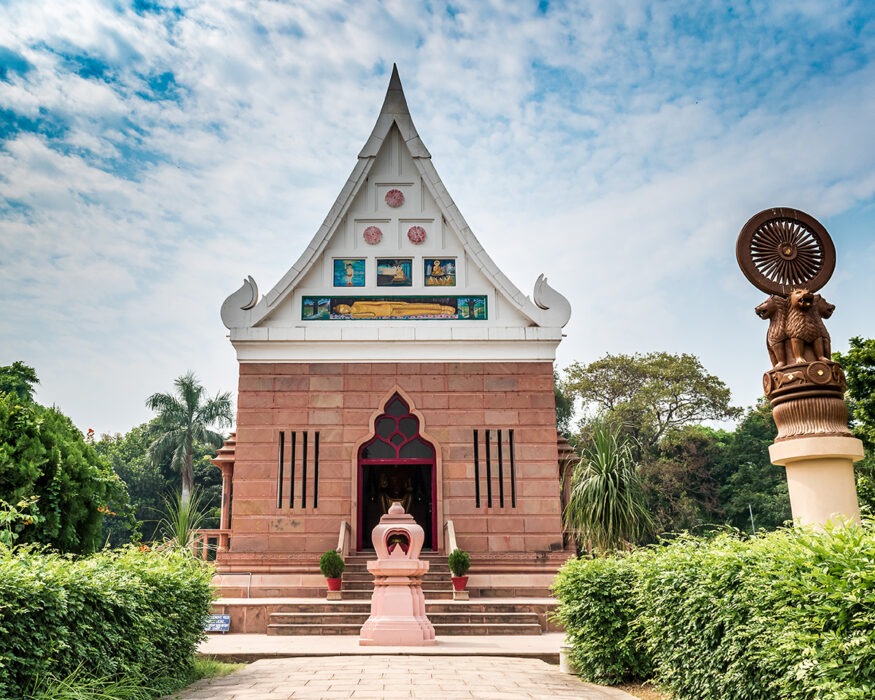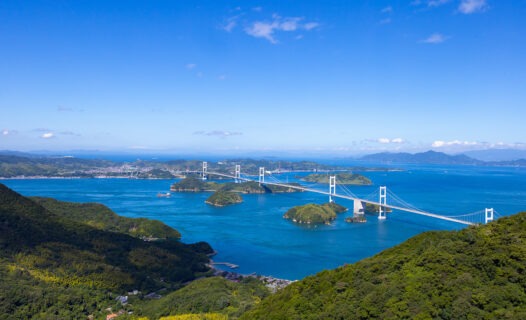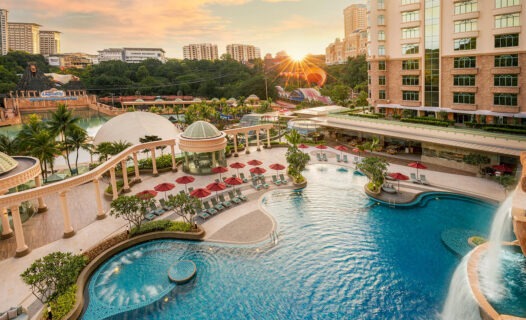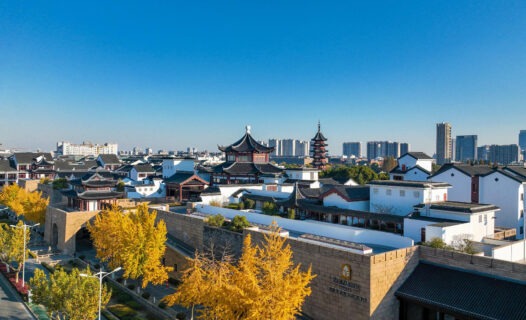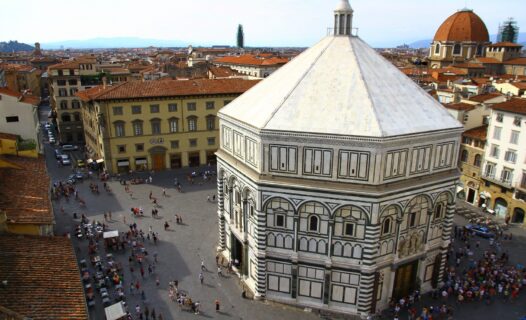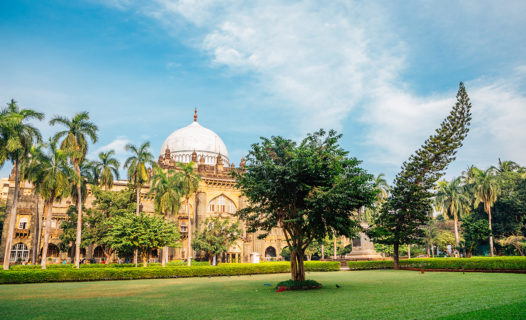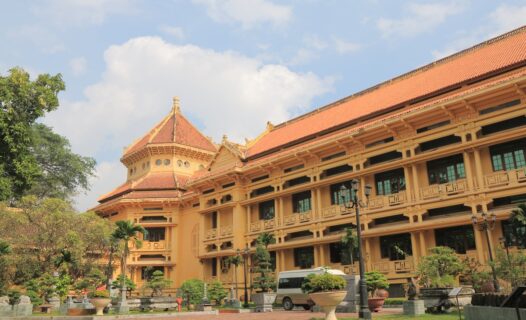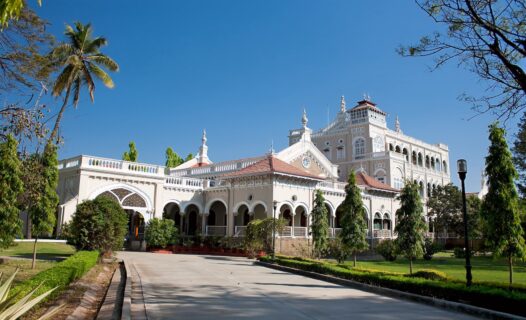Introduction
India is a treasure trove of history, boasting a rich tapestry of cultural landmarks that tell stories of ancient civilizations, glorious empires, and vibrant traditions. Every corner of this diverse nation is steeped in history, and during festive seasons, these historical gems come alive with color, music, and celebration. Imagine wandering through majestic forts, ornate temples, and grand palaces, all while experiencing the unique local festivities that bring these sites to life. Whether you’re a history buff, a culture enthusiast, or just someone looking for an unforgettable travel experience, India’s historical sites offer an enchanting blend of culture, tradition, and celebration that is simply irresistible.
Discovering India’s Historical Treasures
When it comes to historical places in India, the options are endless. Each site is a portal into the past, showcasing the architectural marvels and cultural significance that have shaped the country over centuries. From the intricate carvings of ancient temples to the imposing structures of forts, these cultural landmarks in India provide a fascinating glimpse into the diverse heritage that defines this land. Festivals, in particular, offer a unique opportunity to witness how history and culture intertwine. During celebrations, historical sites become vibrant hubs of activity, with rituals, performances, and local traditions that engage all the senses.
As you plan your India heritage travel itinerary, consider how these historical sites can enhance your festive experience. Imagine celebrating Diwali with the backdrop of a centuries-old palace or experiencing the joyous atmosphere of Holi amidst ancient ruins. Each visit not only deepens your appreciation for India’s rich history but also allows you to connect with the local culture in a meaningful way.
Hidden Historical Gems Off the Beaten Path
While the famous historical monuments often steal the spotlight, India is home to numerous hidden historical places just waiting to be discovered. These offbeat destinations offer unique experiences that are perfect for festive exploration. Picture yourself wandering through the lesser-known ruins of a forgotten kingdom or attending a local festival in a quaint village where traditions have remained unchanged for generations.
Visiting these must-visit historical sites in India not only helps you escape the crowds but also allows you to immerse yourself in authentic cultural experiences. For instance, the remote town of Mandawa, known for its stunning havelis adorned with frescoes, comes alive during the local festivals, inviting you to partake in age-old traditions that are often overlooked by mainstream tourism. Each hidden gem has its own story to tell, and during festive seasons, these stories are shared through music, dance, and local cuisine, making your visit all the more special.
Iconic Historical Monuments that Define India
No exploration of India’s historical landscape would be complete without a visit to its famous historical monuments. From the awe-inspiring UNESCO World Heritage sites in India to the iconic Taj Mahal, these structures are living testaments to the country’s rich past. Each monument has its own unique story, architectural style, and cultural significance, making them must-see destinations for any traveler.
During festivals, these iconic sites often become even more enchanting. The Taj Mahal, for instance, is surrounded by a magical atmosphere during Eid, with celebrations that light up the night sky. Similarly, the grand forts of Rajasthan, like Amber Fort and Mehrangarh Fort, host vibrant festivities that showcase traditional music, dance, and local cuisine, inviting visitors to join in the celebrations.
As you plan your itinerary, consider including these iconic historical places in India to experience the fusion of history and culture during festive seasons. Each monument not only tells a story of the past but also serves as a backdrop for the vibrant celebrations that define the present.
Temples with Historical Significance: A Cultural Journey
India’s temples are not just places of worship; they are also repositories of history and architectural brilliance. Many of these temples with historical significance in India date back centuries, showcasing intricate designs and carvings that reflect the artistic prowess of their time. Visiting these ancient sites is like stepping back into a world where spirituality and artistry coalesce.
Festivals at these temples are a sight to behold, filled with rituals, music, and dance that bring the community together. For example, the Khajuraho Temples, famous for their stunning sculptures, host the annual Khajuraho Dance Festival, where classical dancers perform against the backdrop of these magnificent structures. Such events not only celebrate the temple’s historical significance but also offer an immersive cultural experience that connects visitors with the spiritual essence of the region.
Exploring these temples during festive seasons allows you to witness the rich tapestry of rituals and celebrations that have been preserved through generations. Each temple visit is an invitation to engage with local culture, making your travel experience all the more enriching.
A Day-by-Day Festive Travel Itinerary
Ready to hit the road and soak in the rich history and vibrant festivities of India? Here’s a fun-filled day-by-day itinerary that takes you through some of the most enchanting historical gems while immersing you in the local culture during festive seasons. Grab your travel buddies, pack your bags, and let’s get started!
Day 1: Arrival in Jaipur
Welcome to the Pink City! Start your adventure by visiting the Hawa Mahal, with its stunning façade and intricate latticework. Don’t forget to take that perfect Instagram shot! Later, head to the City Palace, where you can explore the royal heritage and maybe even catch a glimpse of a local festival. Jaipur is known for its lively celebrations, especially during Diwali and Teej.
After a day of exploration, indulge in some local delicacies at a nearby restaurant. Try the famous Rajasthani thali, a feast fit for a king!
Day 2: Explore Ranthambore Fort
On day two, set off to the Ranthambore Fort, a UNESCO World Heritage site. The fort offers breathtaking views of the surrounding landscape and is a fantastic spot for photography. As you wander through its ancient walls, you’ll feel the echoes of history. If you’re lucky, you might even catch a local celebration happening at the fort!
In the evening, return to Jaipur and enjoy a traditional Rajasthani dance performance. It’s a perfect way to unwind and soak in the local culture.
Day 3: Heritage Walk in Udaipur
Next, we’re off to the romantic city of Udaipur! Start your day with a heritage walk that takes you through the charming streets filled with colorful bazaars and stunning architecture. Make sure to visit the Jagdish Temple, where you can witness local rituals and festivities.
After soaking in the sights, treat yourself to a lakeside lunch at one of Udaipur’s many restaurants, offering stunning views of the Lake Pichola. As the sun sets, consider taking a boat ride to enjoy the magical ambiance of the city.
Day 4: Visit Khajuraho Temples
On day four, travel to the renowned Khajuraho Temples, famous for their intricate sculptures and carvings. If you’re visiting during the Khajuraho Dance Festival, you’re in for a treat! The performances held against the backdrop of these magnificent temples are simply mesmerizing.
Spend your evening exploring the local market, where you can shop for handicrafts and souvenirs. Don’t forget to try some local snacks while you’re at it!
Day 5: Explore Hampi
For your final day, head to the ancient city of Hampi, a UNESCO World Heritage site known for its stunning ruins and vibrant local culture. Explore the Vijaya Vittala Temple and the iconic stone chariot. The atmosphere during festivals like Hampi Utsav is electric, with cultural performances and local food stalls.
As you wrap up your journey, take a moment to reflect on the rich history and culture you’ve experienced. Perhaps grab a last-minute souvenir from the local artisans before heading back!
Fun Facts and Folklore of Each Historical Site
As you explore these historical gems, you’ll encounter fascinating stories and legends that add an extra layer of charm to your travels. For instance, did you know that the Taj Mahal is said to be built as a tribute to love? Legend has it that Shah Jahan, the emperor who commissioned the Taj, was so heartbroken after the death of his beloved wife, Mumtaz Mahal, that he dedicated this magnificent structure to her memory.
Similarly, the Khajuraho Temples are not just famous for their stunning architecture but also for the tales of love and passion depicted in their sculptures. Each carving tells a story, making your visit a delightful journey through art and history.
As you stroll through these sites, keep your ears open for local legends that might just bring the history to life!
Culinary Deep Dive: Savoring Local Flavors
No trip to India is complete without indulging in its diverse culinary landscape! Each region boasts its own specialties that reflect its culture and heritage. In Jaipur, don’t miss out on the Dal Baati Churma, a traditional Rajasthani dish that’s a feast for the senses. In Udaipur, sample Gatte ki Sabzi and pair it with some freshly made rotis.
While in Khajuraho, try the Chaat from the local vendors—crispy, tangy, and utterly delicious! And of course, don’t forget to sip on some Masala Chai to keep your energy up as you explore.
Each bite is a taste of history, so be sure to savor every moment!
Festivals and Events: Celebrating Culture and History
Festivals in India are a riot of colors, sounds, and flavors, especially at historical sites! During Diwali, the Taj Mahal is illuminated with diyas, creating a magical atmosphere that’s hard to beat. Similarly, in Udaipur, the Gangaur Festival sees locals celebrating with music, dance, and vibrant processions, making it a fantastic time to visit.
In Khajuraho, the Khajuraho Dance Festival showcases classical dance forms that celebrate the region’s artistic heritage, allowing visitors to connect with the local culture in a profound way. Don’t miss out on these opportunities to witness the lively spirit of India!
Practical Information for Travelers
Before you head out, here are some handy tips to enhance your travel experience. Most historical sites in India have specific opening hours, so it’s wise to check ahead. Entry fees can vary, so be prepared with cash or cards. If you’re visiting temples, dress modestly and be respectful of local customs.
Transportation options range from local buses to rickshaws and taxis. Apps like Uber and Ola are popular in major cities, making getting around a breeze. If you’re venturing into rural areas, hiring a local guide can provide valuable insights and enhance your experience.
Sustainability and Conservation Focus
As you explore India’s historical treasures, consider the impact of your travel choices. Many sites are working towards sustainable tourism practices, and it’s essential to support these initiatives. Opt for eco-friendly accommodations, respect local customs, and minimize your environmental footprint. By doing so, you help preserve these incredible sites for future generations to enjoy.
Outdoor Sports and Activities Near Historical Sites
For the adventure seekers among you, why not add some outdoor activities to your itinerary? In Udaipur, take a hike in the nearby hills for panoramic views of the city. In Hampi, explore the stunning landscapes on a bicycle or go rock climbing for an adrenaline rush. Many historical sites also offer guided nature walks, where you can learn about the local flora and fauna while soaking in the beauty of your surroundings.
Shopping Guide: Souvenirs from Historical Cities
Shopping in India is an adventure in itself! Each city has its own unique crafts and souvenirs. In Jaipur, look for exquisite jewelry and colorful textiles. Udaipur is famous for its hand-painted pottery and miniature paintings, while Khajuraho offers beautiful wooden carvings. Don’t forget to bargain—it’s part of the fun!
Supporting local artisans not only helps the economy but also gives you a piece of India’s rich culture to take home.
Transportation Details: Getting Around Historical Sites
Getting around India’s historical sites can be an adventure! In cities like Jaipur and Udaipur, local rickshaws are a fun and convenient way to explore. For longer distances, consider hiring a taxi or using ride-sharing apps for comfort. If you’re feeling adventurous, try the local buses—just be prepared for a lively experience!
In rural areas, walking or cycling can be a delightful way to soak in the scenery and connect with local communities. Plus, you never know what hidden gems you might stumble upon!
Seasonal Travel Insights: Best Times to Visit
The best time to visit India for historical exploration is during the cooler months, from October to March. This is when most festivals take place, and the weather is pleasant for outdoor activities. If you’re looking to experience the vibrant celebrations of Diwali or Holi, plan your trip accordingly!
Keep in mind that certain regions may experience heavy rains during the monsoon season (June to September), so it’s best to check the weather before you go.
Safety and Health Guidelines for Travelers
Your safety and health are paramount while traveling. Always stay hydrated, especially during the warmer months, and be cautious when trying street food. It’s a good idea to carry basic medications and a first-aid kit for minor ailments.
When visiting crowded places, keep an eye on your belongings and be aware of your surroundings. Familiarize yourself with local emergency numbers and keep your travel insurance handy. With a little preparation, you can enjoy a worry-free adventure!
Commonly Asked Questions (FAQs)
Curious about historical travel experiences in India? Here are some frequently asked questions:
- What are the must-visit historical sites in India? Don’t miss the Taj Mahal, Jaipur’s forts, and the temples of Khajuraho!
- When is the best time to visit India for festivals? October to March is ideal for experiencing vibrant festivals and pleasant weather.
- How can I travel between historical sites? Local transport options like rickshaws, taxis, and buses are widely available.
- Are there guided tours available? Yes, many historical sites offer guided tours that enhance your experience with local insights.

